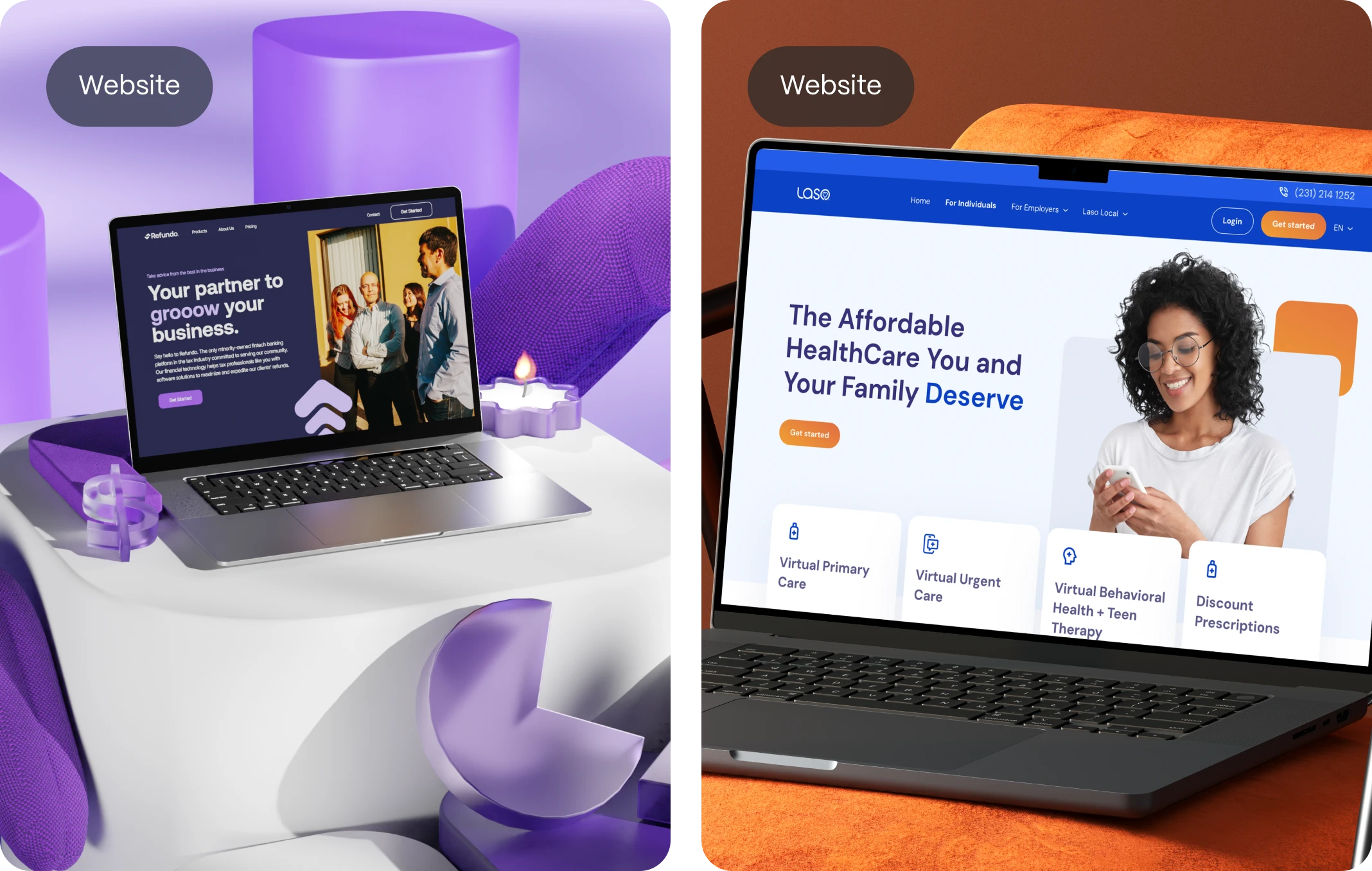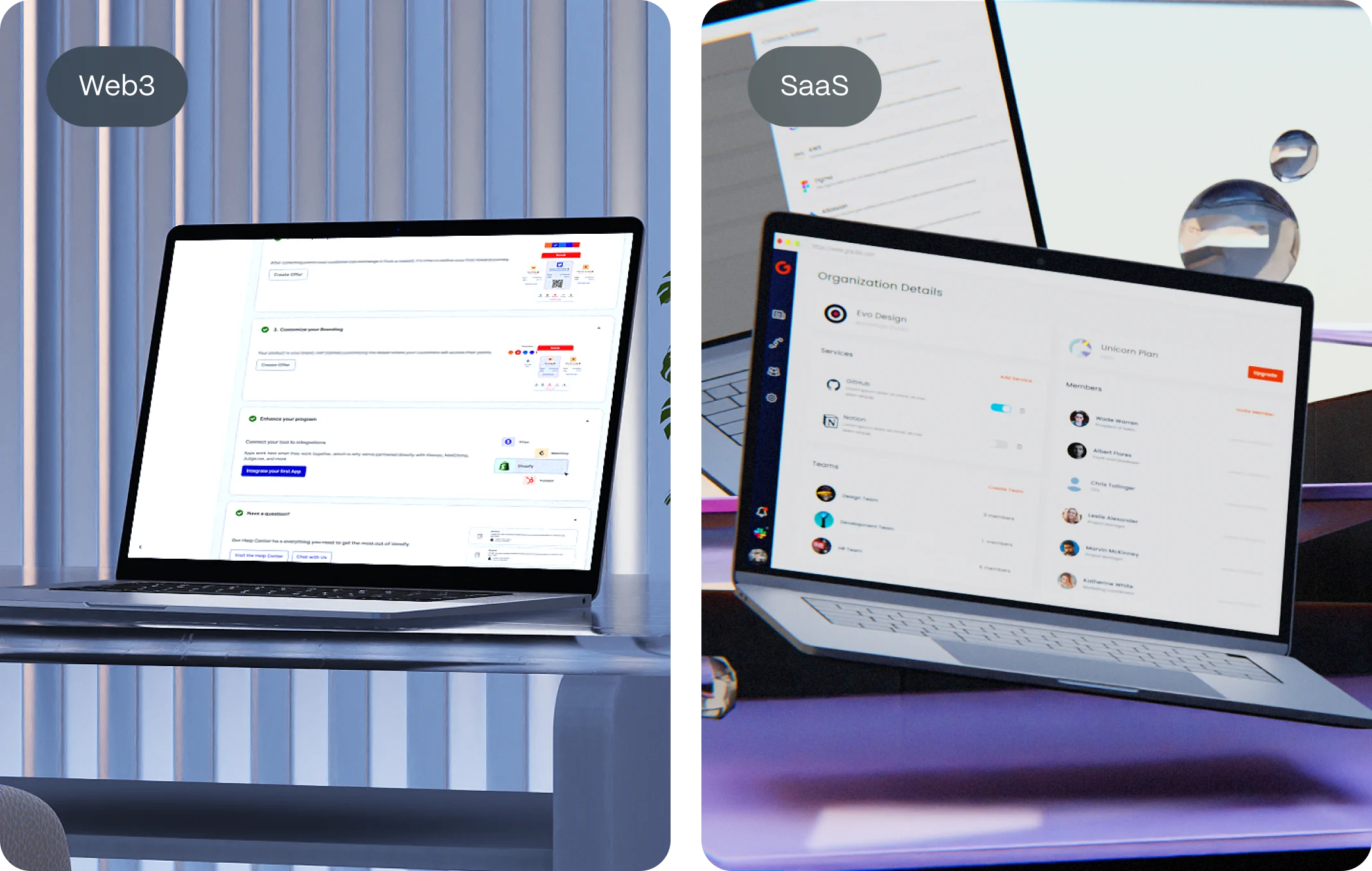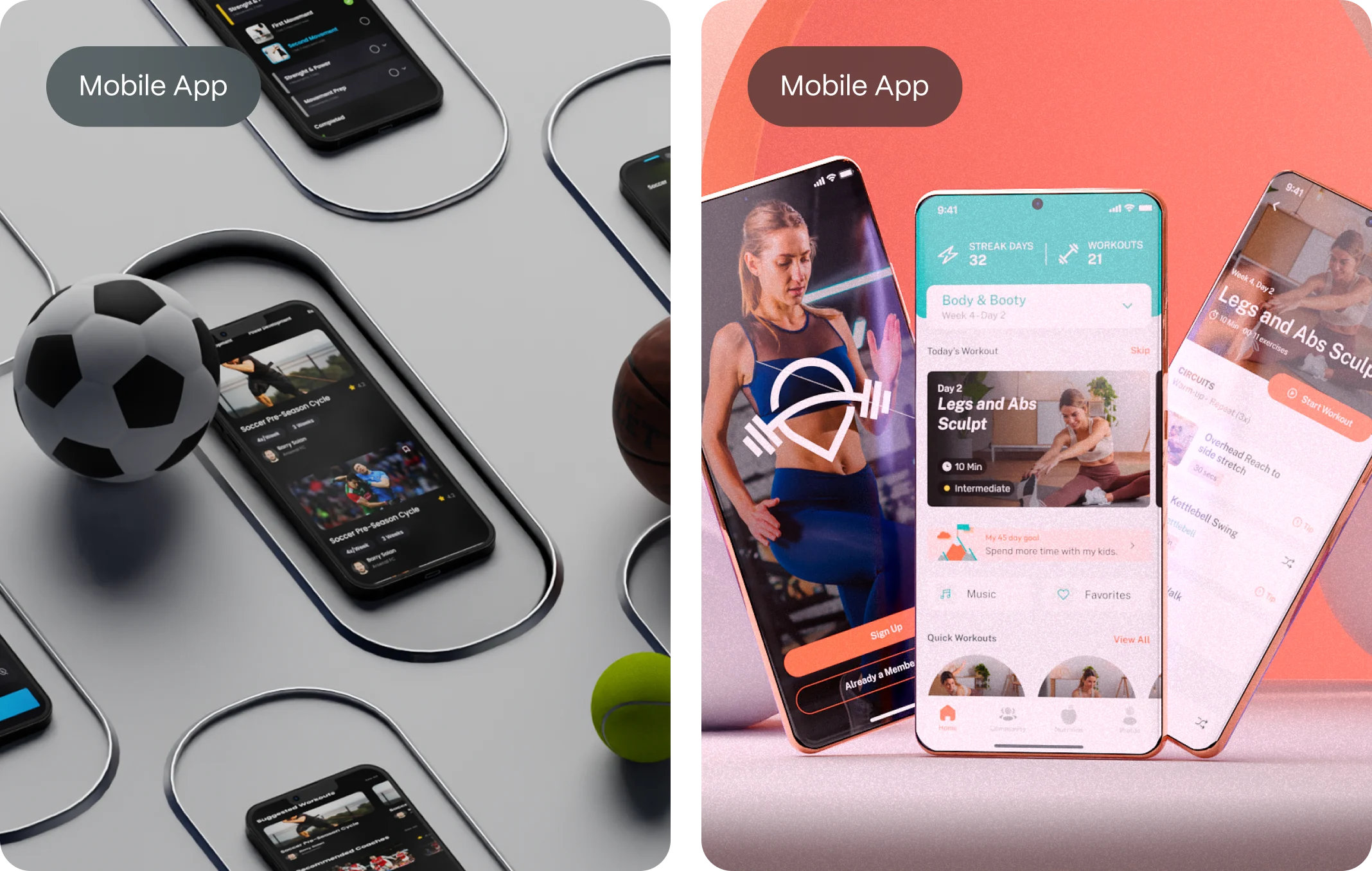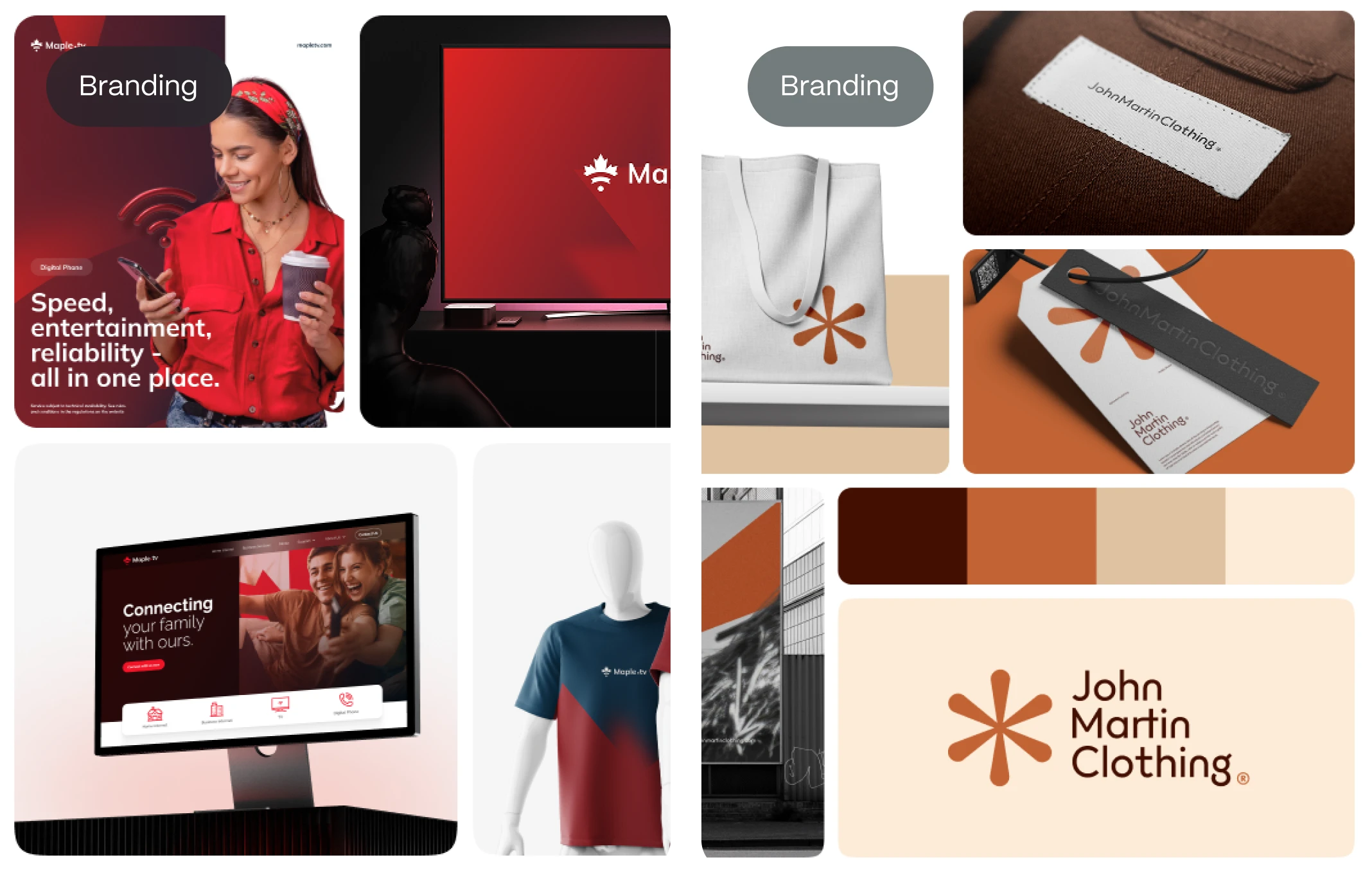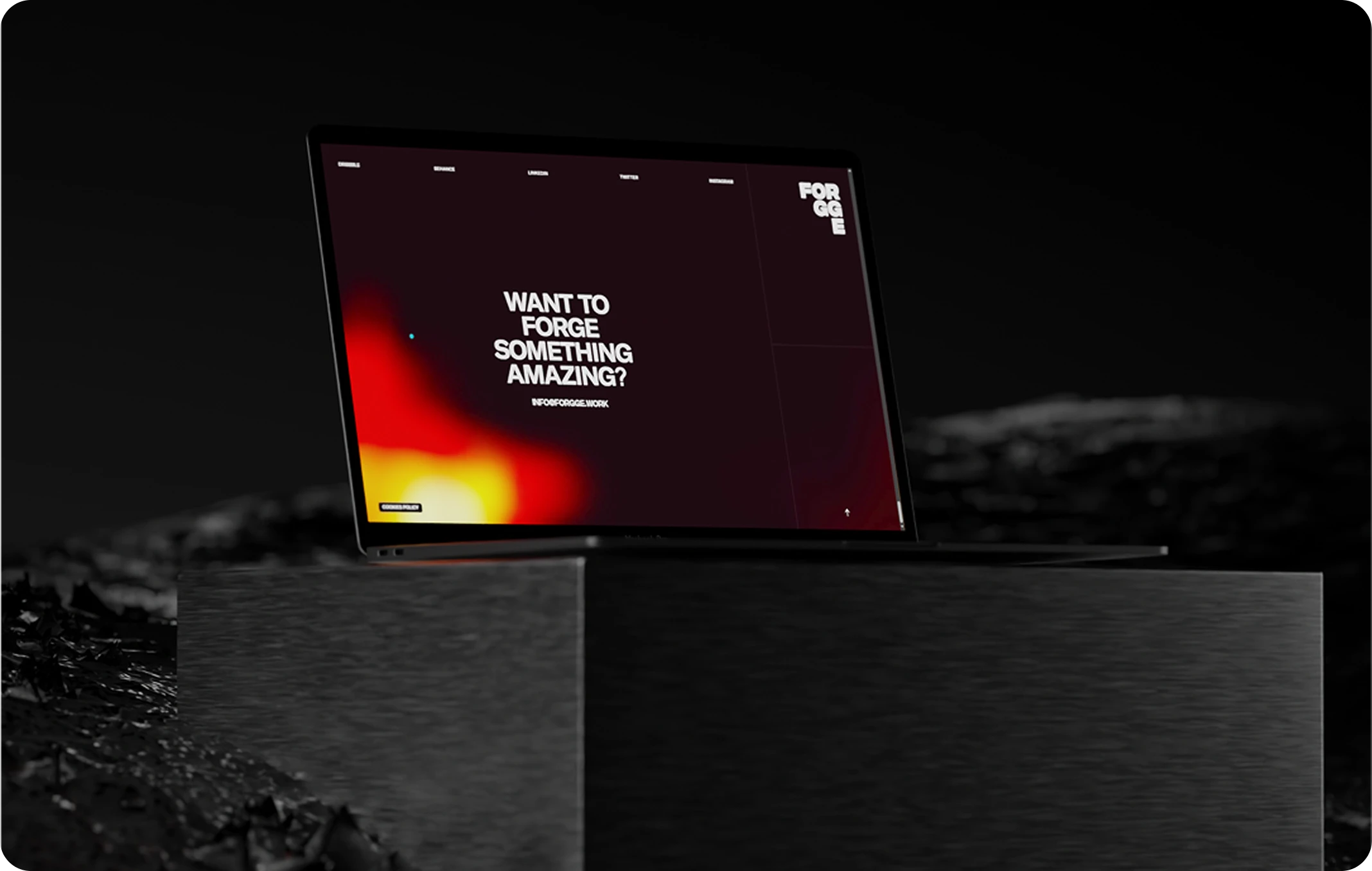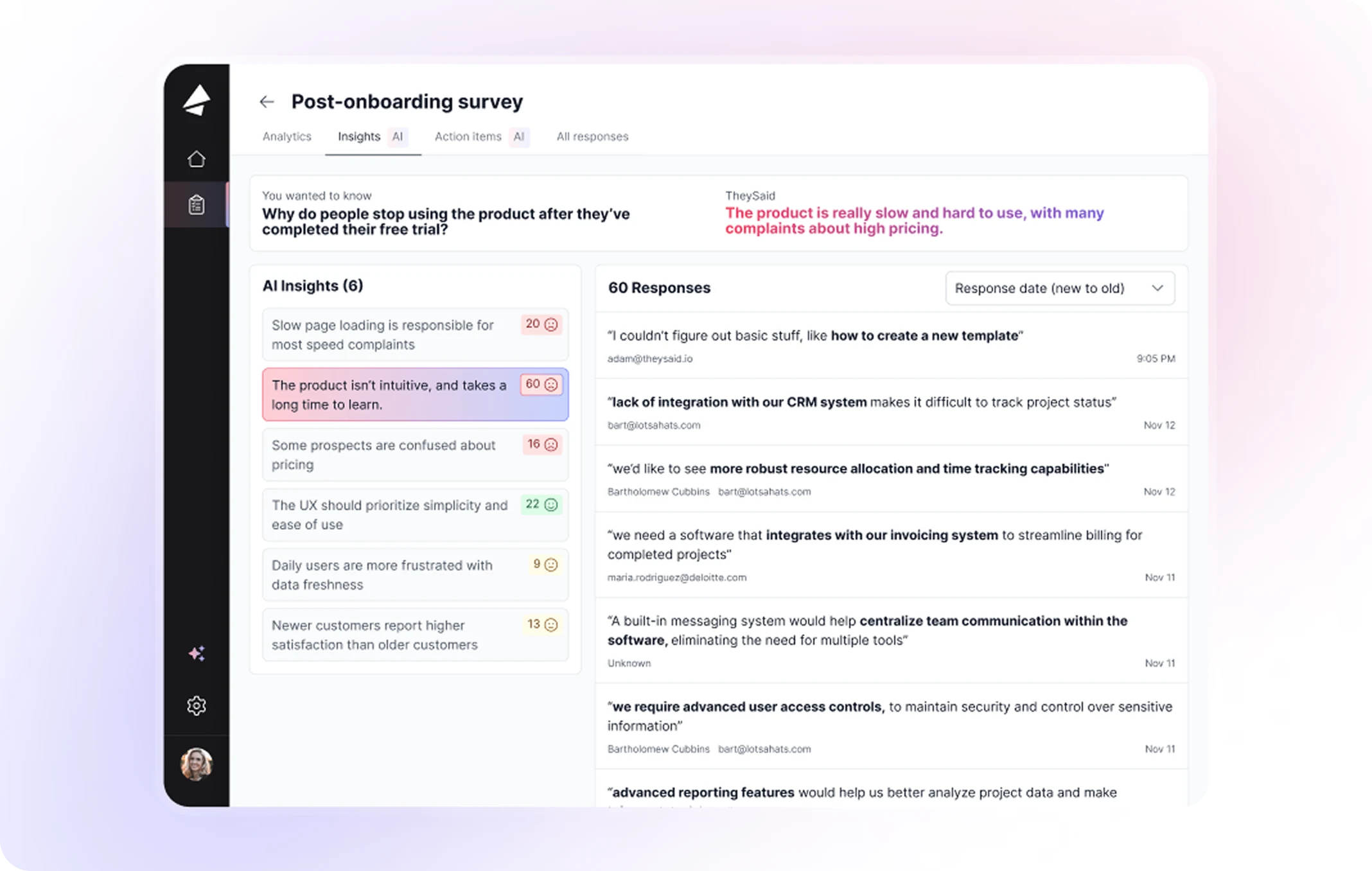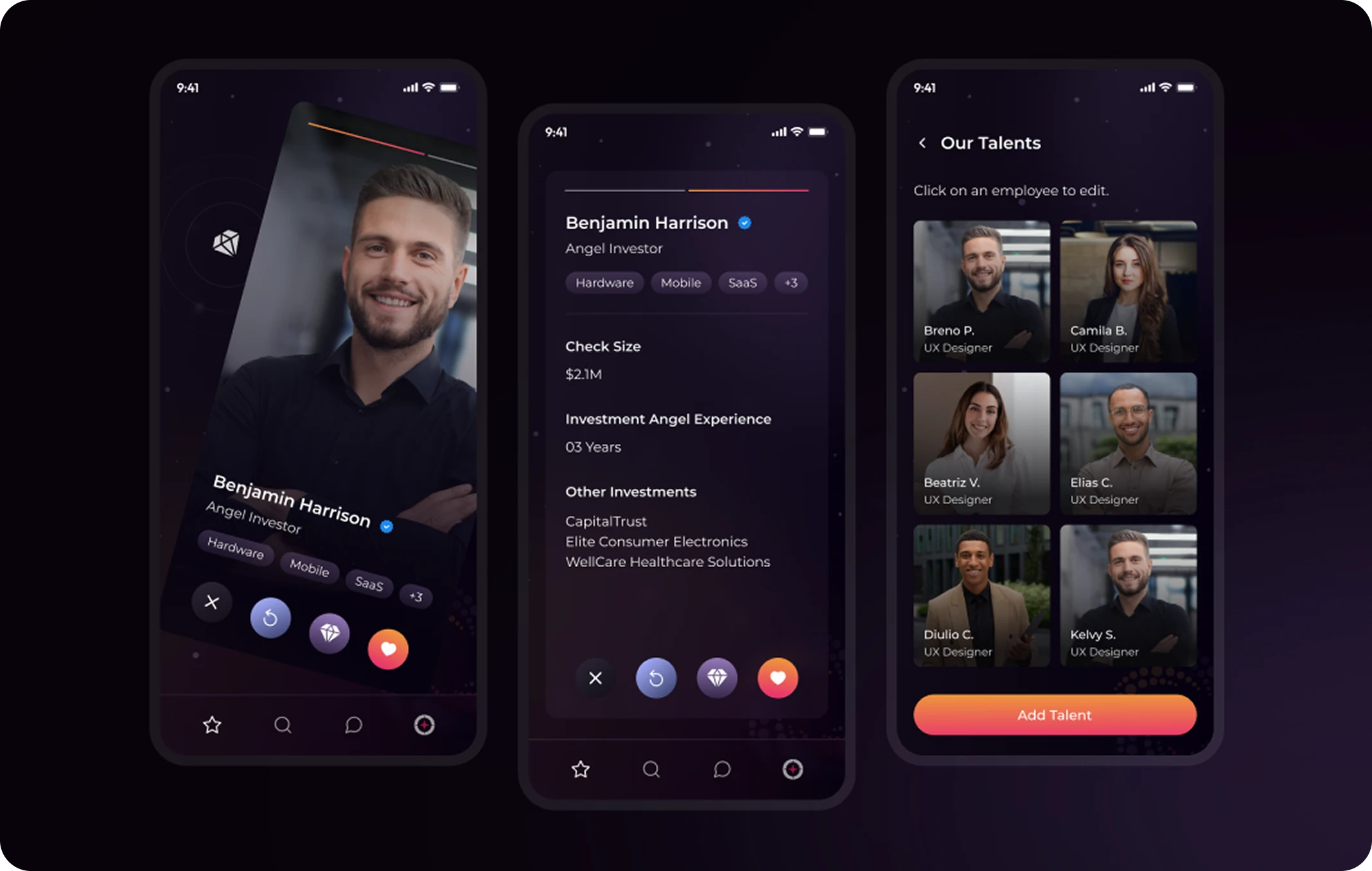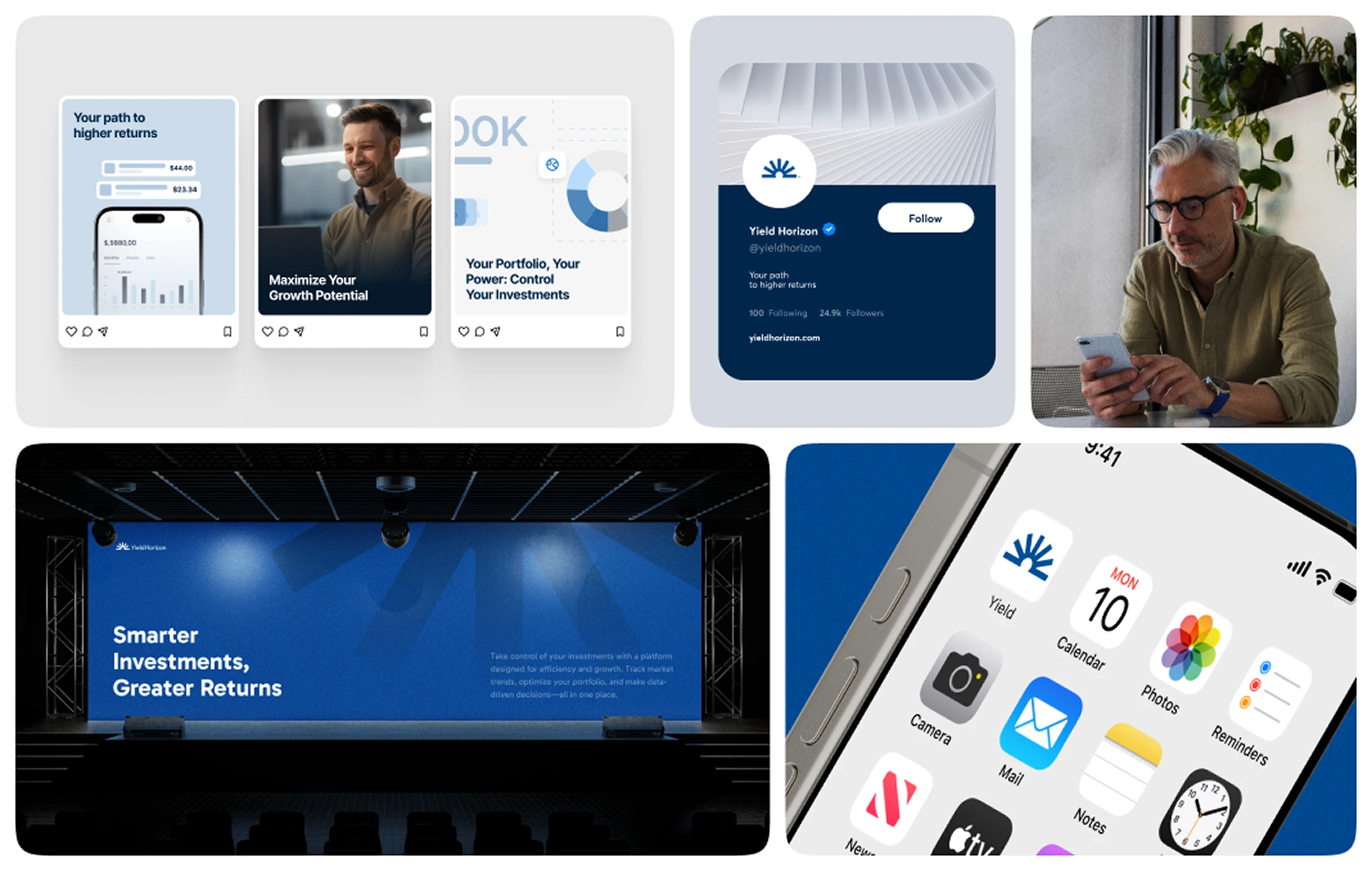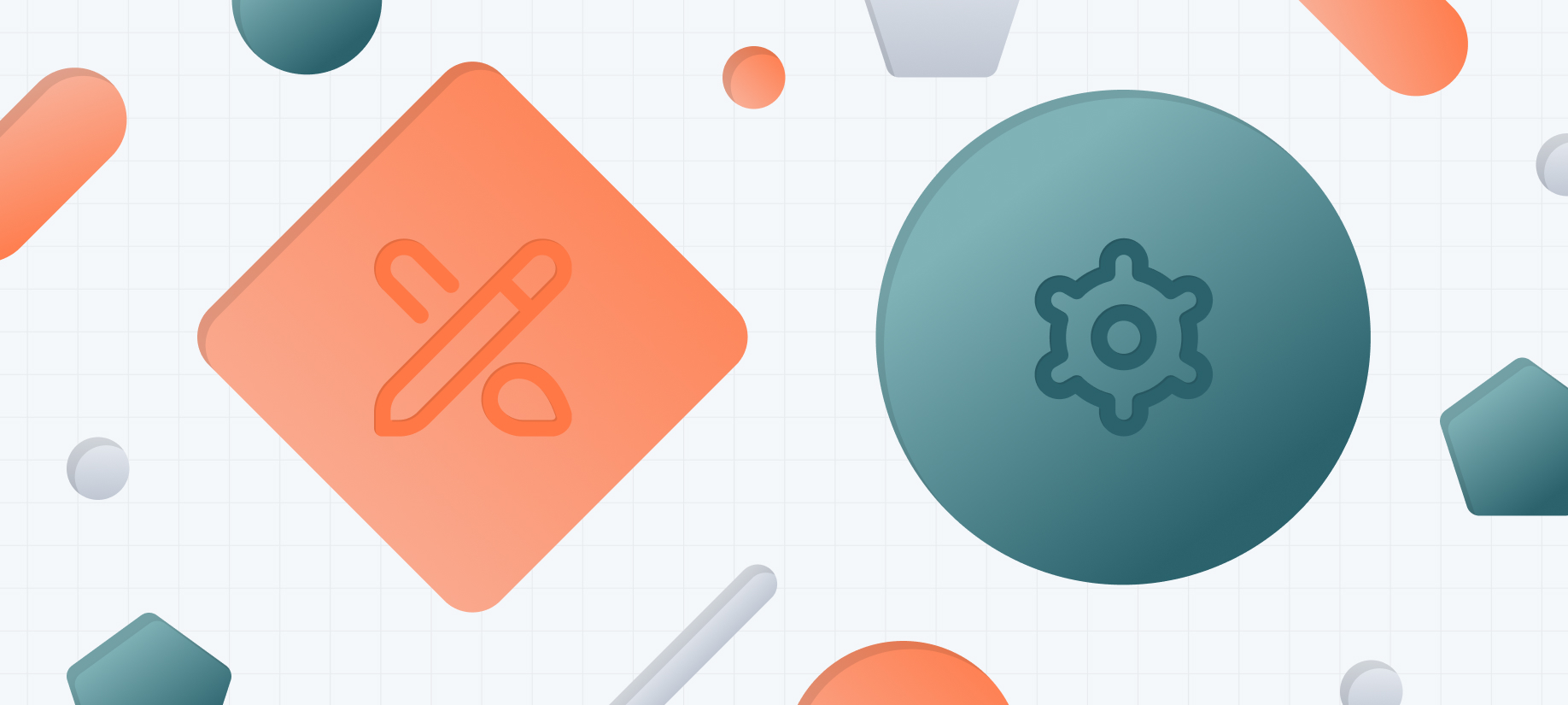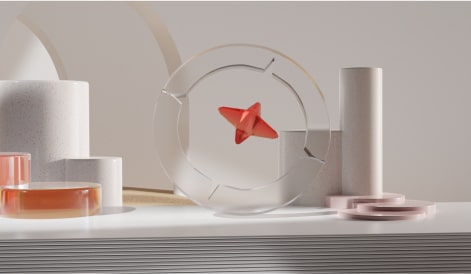As the digital world continues to evolve, web design is more than just aesthetics—it’s about creating experiences that captivate and engage users. For startups looking to make a lasting impression online, staying ahead of design trends isn’t just important—it’s essential. In this article, we’ll explore the future of web design, where beauty meets functionality, and share practical insights to help startups build websites that not only look great but also perform seamlessly.
Emerging Trends in Web Design
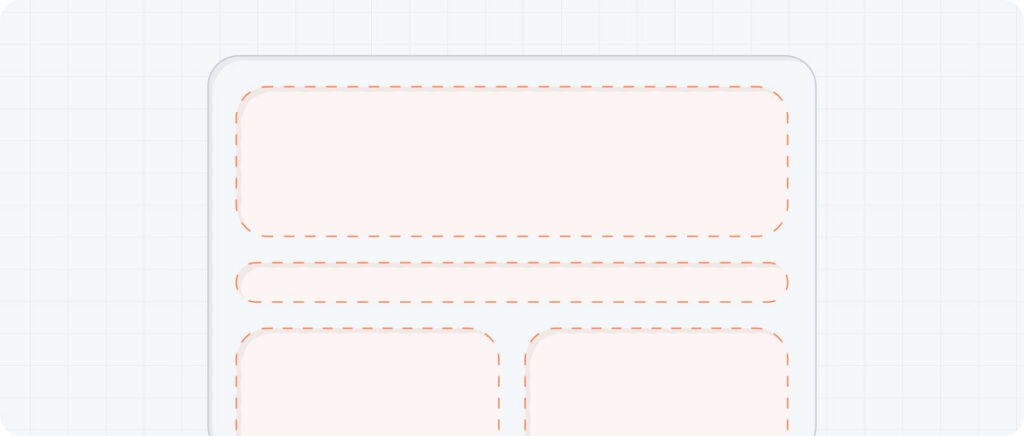
1. Minimalist and Purposeful White Space
Modern web design is gravitating towards minimalism, emphasizing the strategic use of white space. This approach not only enhances visual appeal but also improves user navigation by creating a clean and focused interface. Purposeful white space acts as a guide, leading users through content seamlessly.
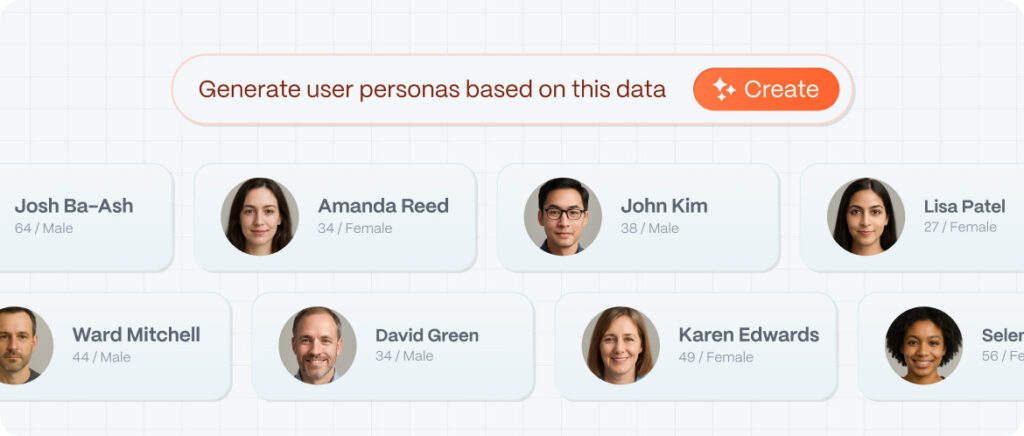
2. Integration of Advanced Technologies
The incorporation of technologies such as Artificial Intelligence (AI) and Augmented Reality (AR) is becoming increasingly prevalent. These tools offer interactive and personalized user experiences, setting brands apart in a competitive market. For instance, AI can analyze user behavior to tailor content dynamically, enhancing engagement.
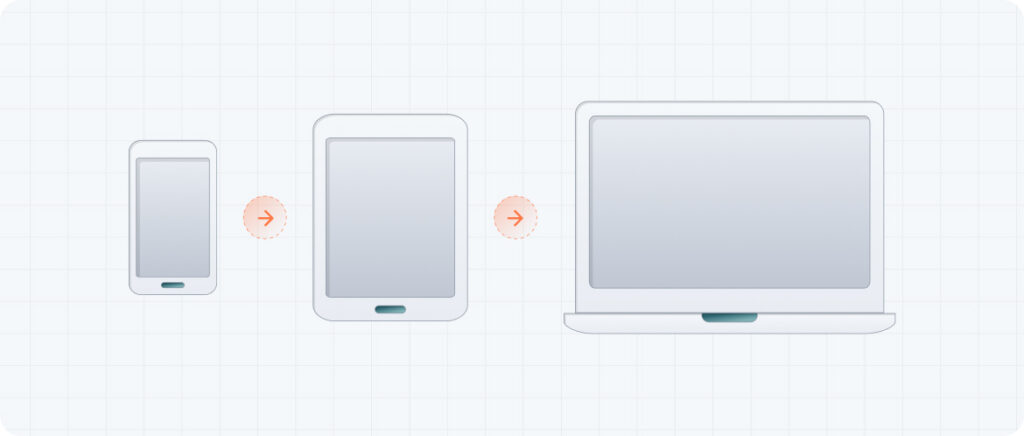
3. Emphasis on Mobile-First Design
With mobile devices accounting for a significant portion of web traffic, designing with a mobile-first mindset ensures accessibility and responsiveness across all devices. This approach prioritizes mobile users, leading to improved user experiences and potentially higher search engine rankings.
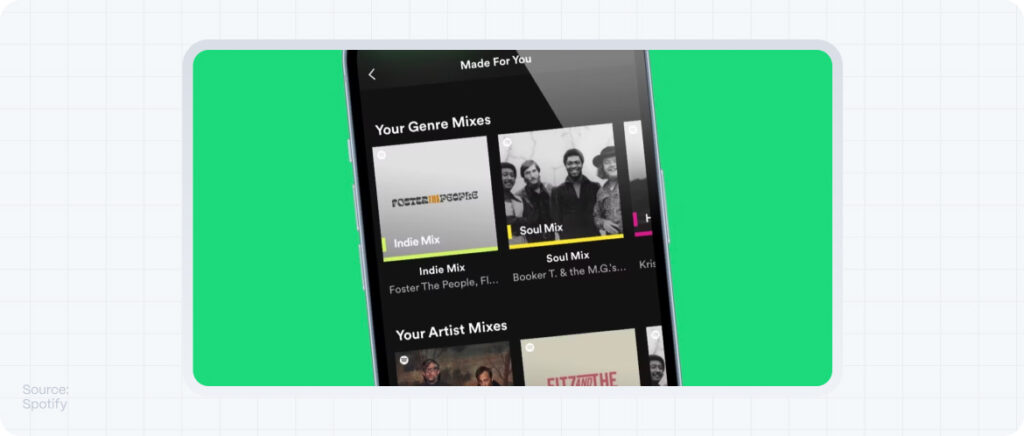
4. Personalized User Experiences
Utilizing data analytics, websites can now offer personalized content and recommendations, increasing user engagement and satisfaction. By understanding user preferences and behaviors, startups can create tailored experiences that resonate with their audience.
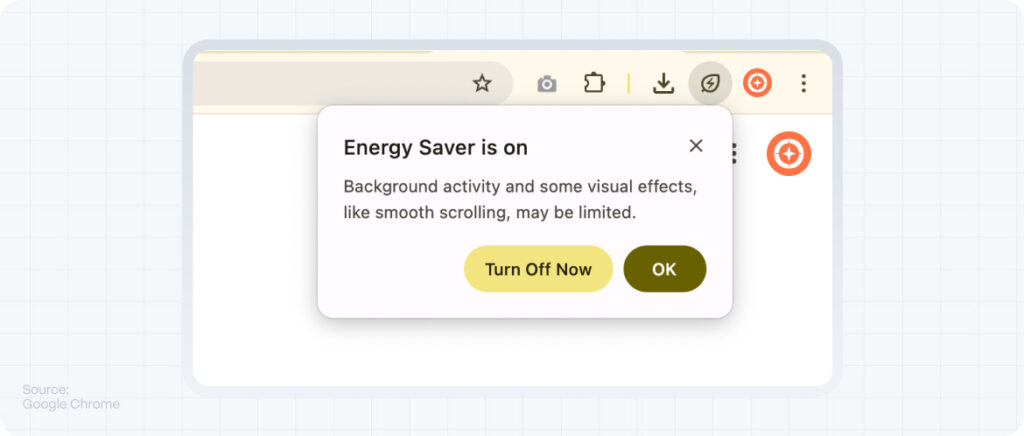
5. Sustainable and Eco-Friendly Design
As environmental consciousness grows, adopting sustainable web design practices—such as optimizing site performance to reduce energy consumption—can appeal to eco-aware users and reflect a brand’s commitment to sustainability.
Balancing Aesthetics and Functionality
Achieving a harmonious balance between visual appeal and practical usability is essential. While an attractive design captures attention, functionality ensures user retention and satisfaction. Key considerations include:
- User-Centered Design: Prioritize the needs and preferences of users to create intuitive and accessible interfaces.
- Responsive Design: Ensure the website adapts seamlessly to various devices and screen sizes, providing a consistent experience.
- Performance Optimization: Optimize loading times and site performance to prevent user frustration and potential drop-offs.
- Consistent Branding: Maintain uniformity in design elements to strengthen brand identity and recognition.
Preparing for the Future: Steps for Startups
- Stay Informed: Regularly update your knowledge on emerging web design trends and technologies to remain competitive.
- Invest in Scalable Technologies: Choose platforms and tools that can grow with your business, accommodating future needs and expansions.
- Prioritize User Feedback: Actively seek and analyze user feedback to inform design improvements and functionality enhancements.
- Collaborate with Professionals: Engage with experienced web designers and developers to bring your vision to life effectively.
- Test and Iterate: Continuously test your website’s performance and design, making data-driven adjustments as necessary.
FAQ
What is minimalist web design?
Minimalist web design is an approach that emphasizes simplicity by focusing on essential elements and removing unnecessary components. This results in a clean and user-friendly interface that enhances user experience and engagement.
How does minimalist design improve user experience?
Minimalist design improves user experience by reducing clutter and highlighting key content. This makes it easier for users to navigate the site and find information quickly, enhancing overall user satisfaction and engagement.
Can minimalist design impact website performance?
Yes, minimalist design can significantly impact website performance. With fewer elements to load, minimalist websites often have faster load times, which can improve search engine rankings and reduce bounce rates, leading to better overall performance.
Is minimalist design suitable for all types of startups?
While minimalist design offers many benefits, its suitability depends on the nature of the startup and its target audience. It’s essential to consider whether this approach aligns with your brand identity and user expectations. Some startups may benefit more from a minimalist design, while others may require a more complex layout.
How can I implement minimalist design principles on my website?
To implement minimalist design principles on your website, focus on essential content, use white space effectively, simplify navigation, maintain consistent branding, and optimize for performance. These steps will help create a clean, user-friendly, and high-performing website.

